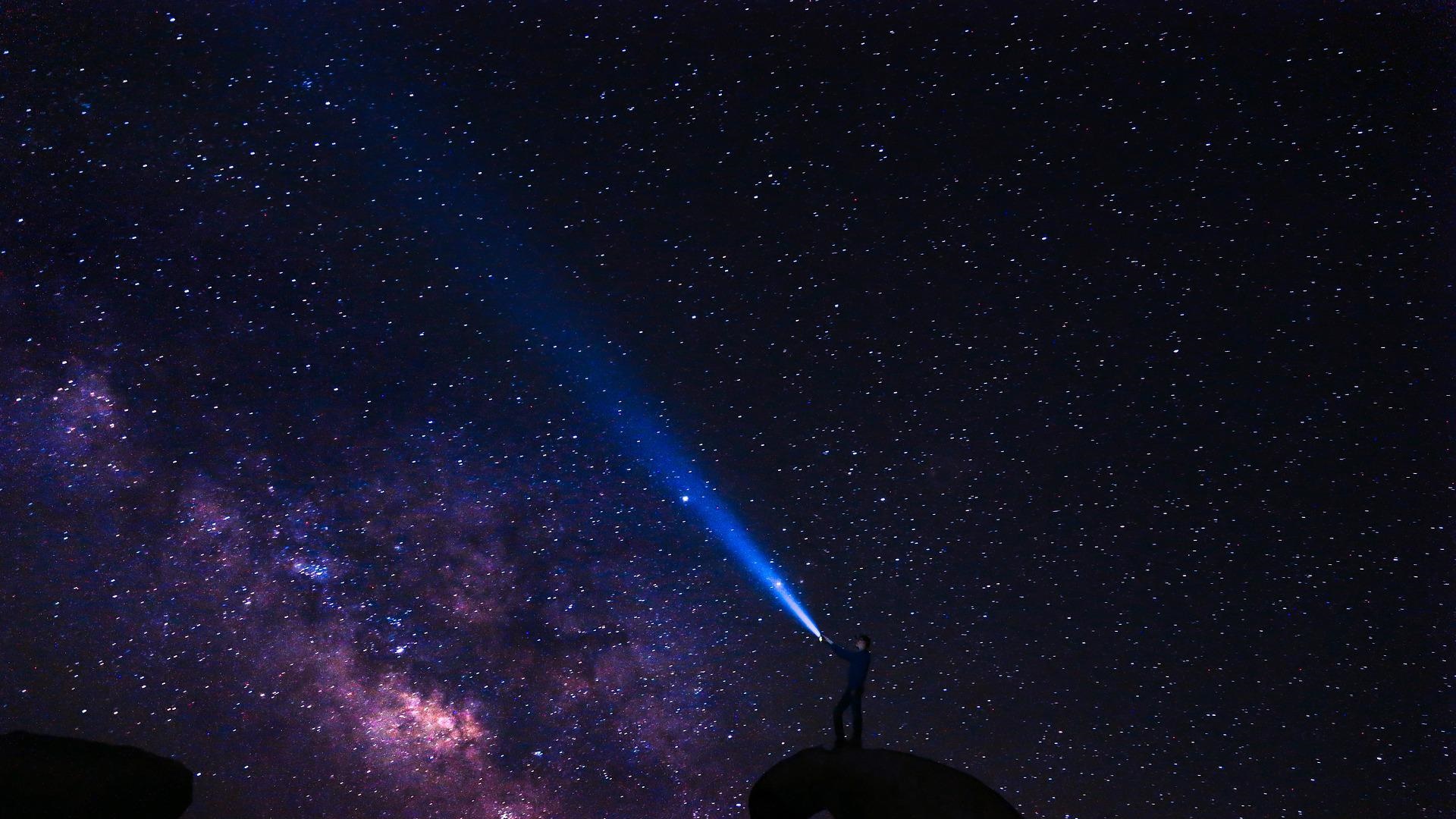On 19th December 2013, the European Space Agency (ESA) launched its Gaia space observatory which – like the James Webb Space Telescope – lives at Lagrange Point L2.
This observatory has an incredibly important mission – it is being used to map our galaxy and recreate a 3D map of the pocket of space we occupy.
Over the course of the mission’s life, the ESA has released the data it has gathered and today is the third data drop. This comes four years after the second data drop in 2018. There was an early data release in 2020, but today’s is far meatier.
For those who want the data from data release three, it can be found at this URL.
The highlights in this release include new information about stars including chemical compositions, stellar temperatures, colours, masses, ages and the speed at which stars move toward or away from us. This information is pivotal to building a three-dimensional map of the Milky Way.
The ESA is also very proud to include the largest catalogue yet of binary star systems, asteroids, solar system objects and moons.
One of the more eye catching discoveries is that of so-called starquakes. These are tiny motions on the surface of a star that change its shape. This was an accidental discovery as Gaia was not built to make these sorts of observations.
These starquakes were observed in thousands of stars and Gaia has also detected tsunami like vibrations on some starts that change the global shape of the star and are said to be harder to detect.
Even just scrolling through the ESA’s announcement page is a fascinating experience with enough videos and photos to keep you occupied for the rest of the afternoon at least.
“Unlike other missions that target specific objects, Gaia is a survey mission. This means that while surveying the entire sky with billions of stars multiple times, Gaia is bound to make discoveries that other more dedicated missions would miss,” says project scientist for Gaia at ESA, Timo Prusti. “This is one of its strengths, and we can’t wait for the astronomy community to dive into our new data to find out even more about our galaxy and its surroundings than we could’ve imagined”.

